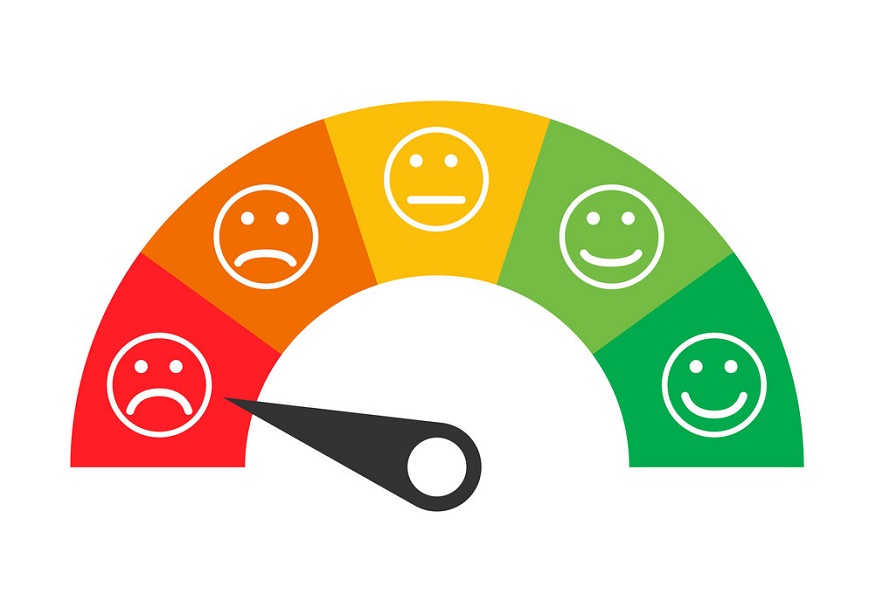
Both research and sampling use a more extensive group sample to draw conclusions. Researchers must ensure that everyone in that group has an equal opportunity to participate to get reliable data. The main problem is that researchers might not realise they’ve designed a biassed survey after collecting the data. Creators of surveys must consider their own biases and respondents’ biases in surveys.
More than a dozen potential survey biases could be present during the creation or administration. Fortunately, we can employ several strategies to minimise their adverse effects.
People enjoy the eye candy, and many polls are merely uninteresting. Get pre-designed surveys that will grab your participants’ interest by logging into SurveyPoint for free!
Various Types Of Biases in Surveys
Bias can be defined as a “discrepancy between results or conclusions, or processes that determine such a deviation.” Given that everyone’s opinions are subjective, biases are inevitable. Among them is the researcher who develops the research questions and plans the study and the participants who provide answers to the questions.
There are various ways survey bias can affect interview accuracy and integrity, as well as the responses given by participants.
Hidden bias
Hidden bias is the most challenging to identify. In surveys, hidden bias occurs when the language of the survey question unintentionally (or deliberately) influences the respondent’s decision.
Confirmation bias
This occurs when a survey’s creator formulates questions in an unbalanced manner, unconsciously seeking data that would corroborate a notion or belief.
For instance, “Is Product X better than Product Y?” rather than “Do you prefer Product X or Product Y?”
The first framed question is inappropriate because it is comparative in nature and encourages respondents to select Product X rather than Product Y. Thus, it supports the premise that Product A is superior.
Irrational escalation
A confirmation-biased poll that doesn’t produce the anticipated results can frequently lead to irrational escalation. In this case, the stakeholders think the research is incorrect since it contradicts an existing debt or investment. This is how businesses fail to recognise significant market trends.
Sampling bias
This happens whenever a survey doesn’t equally reach a representative population sample. It may occur if a survey has limited options for accessibility, such as only via QR code on mobile phones. People in the market could be willing to participate in the survey in another way if they don’t have a mobile device to scan the QR code.
Limiting the distribution approach excludes the remainder of the population and only samples those carrying mobile devices.
Acquiescence bias: Getting everything “yes”
While getting positive responses as you’re terrific is always flattering, you might occasionally doubt it. If all of your survey’s results are favourable, “yes-man” bias or acquiescence bias may be to blame.
Conformity or social desirability bias
People are conscious of how they come across to others, so survey participants may want to seem more attractive or desirable in social situations. From the perspective of a survey, this might indicate that respondents provided answers that were unusual for them or lied to appear more favourable.
Neutral response bias
The bias occurs when questions are either too vague or don’t elicit the kind of response that will lead respondents to choose either extreme. As a result, participants choose a neutral response on a Likert scale. It hurts the study’s overall results because you want a combination of extreme and neutral responses. This will reveal more about your participant’s diverse viewpoints.
You May Also Want To Read: Make your surveys more engaging with these questions
What Is The Effect Of Biases in Surveys On Research Results?
The following are some problems that can arise from survey bias:
- Data issues: Participants’ comments may be untruthful, strange, or erroneous, resulting in inaccurate data generation. These data will be ineffective for helping you accomplish your goals.
- Poor strategies and investment: As managers and senior leaders rely on market research and survey results to make future business decisions, survey bias may sway how they invest money, time, and resources.
- Low return on investment: Poor insights result in the subpar performance of the product. Your offer will not be enhanced if you use leading survey questions that target the wrong clients.
- Dissatisfaction: Stakeholders and investors will be dissatisfied with performance levels and may reduce market research budgets over the long term.
- Inconclusive research: Repetition of surveys might be needed to determine whether the data or the researchers are at fault. This might cost time, money, and resources.

Good data quality ultimately drives positive outcomes, advancement, and innovation. The study results are a lose-lose scenario if management cannot rely on or trust the study results for accuracy.
What Can SurveyPoint Do to Prevent Biases in Surveys?
You may have accidentally created questions that predisposed respondents to certain responses or have a biased marketing list. With our free survey templates, you can preview the multitude of questions we provide. So, why risk taking a chance?
Using SurveyPoint’s integrated all-in-one solution, you can access survey results, customer, and participant data all from one platform.
Simply drag and drop the necessary modules to create research surveys, and AI can improve the quality of your surveys. Moreover, you will be able to view analytics and dashboard data, giving you a quick and comprehensive overview of the solutions.
To Wrap Up…
Since most of these biases operate subconsciously and most people are unaware of their cultural or confirmation biases. Designing a poll that is free from bias might be challenging.
Every survey situation has some selection and response bias, but adhering to standard practices can reduce its impact. It is impossible to eliminate survey bias to 100%. However, you can still get the desired results by concentrating on your objectives and managing the common survey bias situations.
Test your survey with a diverse group of participants before distributing it to thousands. As a result, you will be able to uncover biases before making faulty business decisions.
Heena Shah – Content Writer at Sambodhi




